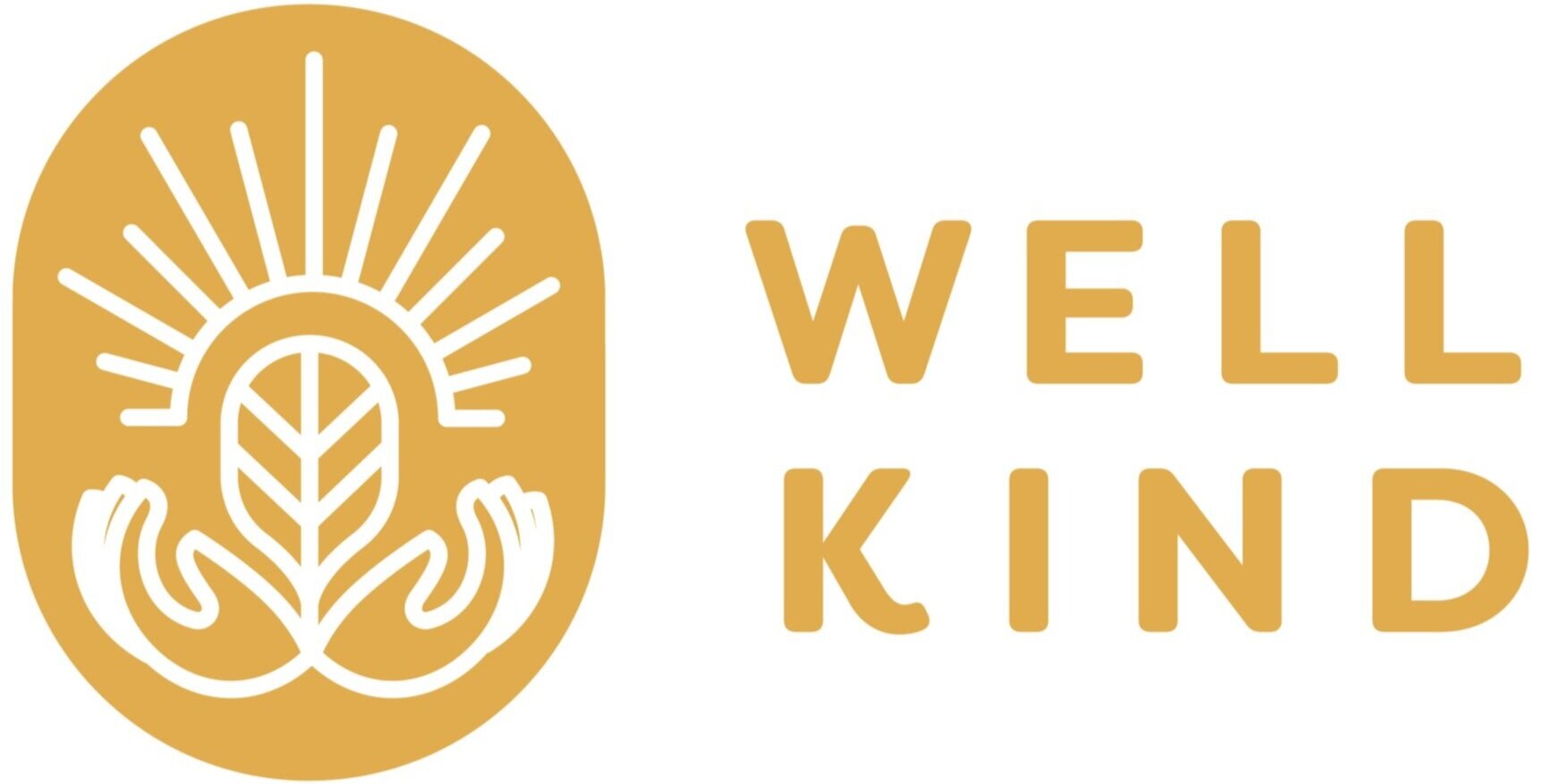Ghost Town Turned Salmon Highway: Tocaloma and SPAWN
By Bennett Hrala, WellKind Forestry Intern
Bennett Hrala was an intern for WellKind Forestry during our spring 2022 session, exploring riparian habitat restoration and other environmental issues.
The issue of climate change and its impact on the land around you is often evident. Maybe it’s like here in California: the grass gets golder sooner, and you have to wonder what one wrong spark can do. Maybe it’s a creek near you, where your dad says he saw fish the size of his arms when he was a kid, but now all you see are a few minnows and a plastic cup. Problems like these can seem insurmountable—but there’s one group in Marin County that is doing all they can to solve it. Meet the Salmon Protection and Watershed Network (SPAWN), an offshoot of the non-profit Turtle Island Restoration Network .
Nowhere is SPAWN’s dedication to conservation more evident than at its headquarters. When I first walked onto it, it just seemed like a little plot of land. The gurgling Lagunitas creek was running next to it, and a large nursery took up a lot of space, but all seemed like it was just a bit of grass and dirt like any other creekband. What’s been hidden away under the native grasses is rather surprising, though—a little town of Tocaloma. Where now a beautiful nature preserve thrives was once nine vacation homes.
The town itself was long abandoned when SPAWN came. It was purchased by the State Park Service in the 1970s as part of the Golden Gate Nation Recreation Area. Once there, the Park Service didn’t do much with the land. The houses were just left to rot unchecked.
Finally, SPAWN came. Back in 2007, they needed a place for a headquarters. They contacted the state park and got the plot loaned out to them on a lease. Then, the Park Service demolished the various unneeded structures. By 2016, the plot was ready, and by 2018, restoration work had begun.
Town remnants like this had to be removed when SPAWN moved in.
For starters, the town had completely terraformed the creek bank. Instead of natural dirt and sandbars, with roots hanging off the ride, there was a concrete barrier where docks once floated. There were almost no trees, and barely any grass. The creek was devoid of critical complexity (ebbs, flows, and debris stuck in the creek), which led to poor oxygenation and warm water.
Both of these factors harmed natural wildlife like endangered coho salmon and a species of freshwater shrimp. Furthermore, the creek constantly flooded, which was both bad for the people in the headquarters and the creek itself.
SPAWN had a lot on their hands, but they were ready to get to work.
One core philosophy that SPAWN follows is attention to terrestrial plants in and around the creekbed. Although not being a direct part of the creek, plants around the banks can help enormously. One of SPAWN’s major projects, a channel off to the side of the headquarters, only is as helpful as it is because of the plants around it. For one, the plants added a whole bunch of that critical complexity to the creek, making it very appealing to a lot of wildlife. The previously mentioned freshwater shrimp, for example, love to hang onto roots in the channel from the willow and grasses planted to the side.
These same willows and grasses also provide shade from the sun, making the water cooler. This allows more oxygen into the water for aquatic organisms to breathe, and also makes it a more livable place when the summer heat beams down on other parts of the creek. The willows and other trees also lose branches when it’s windy, and these branches getting caught in the stream actually helps the creek for animals.
Another project of SPAWN’s is a large floodplain. It was pretty empty when we visited, but in the rainy season, it has helped mitigate major flooding around the creek there. The floodplain is a system of three major pools, of which only one was full when we visited. But even in the off-season, this floodplain is helpful to the whole ecosystem. Grasses grow all over the place, which can be a food source and a hiding place for a variety of critters. The muddy residue left when most of the water evaporates leads to the perfect mud bath for salamanders. And the trees that grow on the tops of the floodbanks provide habitat for birds.
But SPAWN has only just started. Eventually, the goal is for the ecosystem to become self-sufficient. But that takes up to eight years, and SPAWN only began restoration four years ago. There is still plenty left to restore and preserve, until it preserves itself. Even today, it’s a staggering fact that there used to be a town right there. But years from now, when restoration is truly finished, it will seem completely outlandish.
To learn more about SPAWN or get involved in their volunteer restoration events, visit their website at https://seaturtles.org/spawn/.



